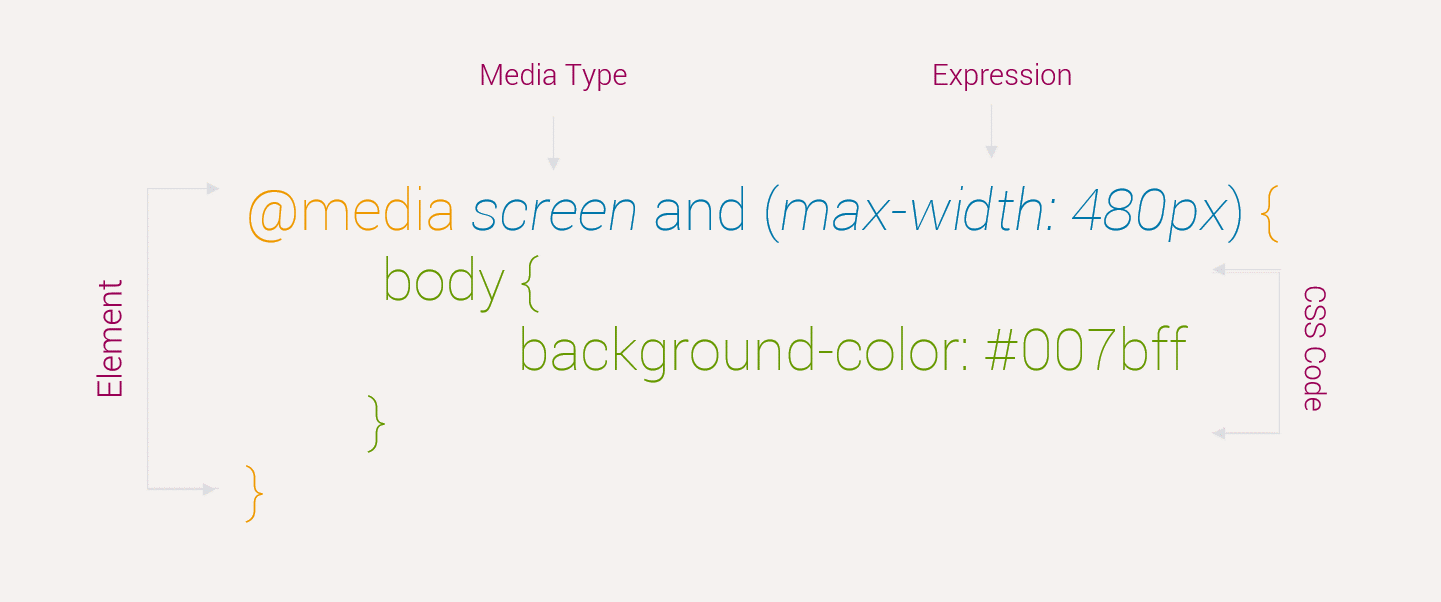PHP Constants
Constants are same like variables but once constants values are defined it can not be changed or undefined. Constants are used to define settings/configurations which remains same through out the execution. actually constants are used when you want a surety that these values will not change in throughout program execution cycle.
Define Constant
Define constant is very simple like define(“constant name”,”Value”);
<!doctype html>
<html>
<head>
<title>
PHP Constants
</title>
</head>
<body>
<?php
define("WELCOME","Welcome to PHPDocs.com!");
echo WELCOME; //this is will output Welcome to PHPDocs.com!
?>
</body>
</html>







